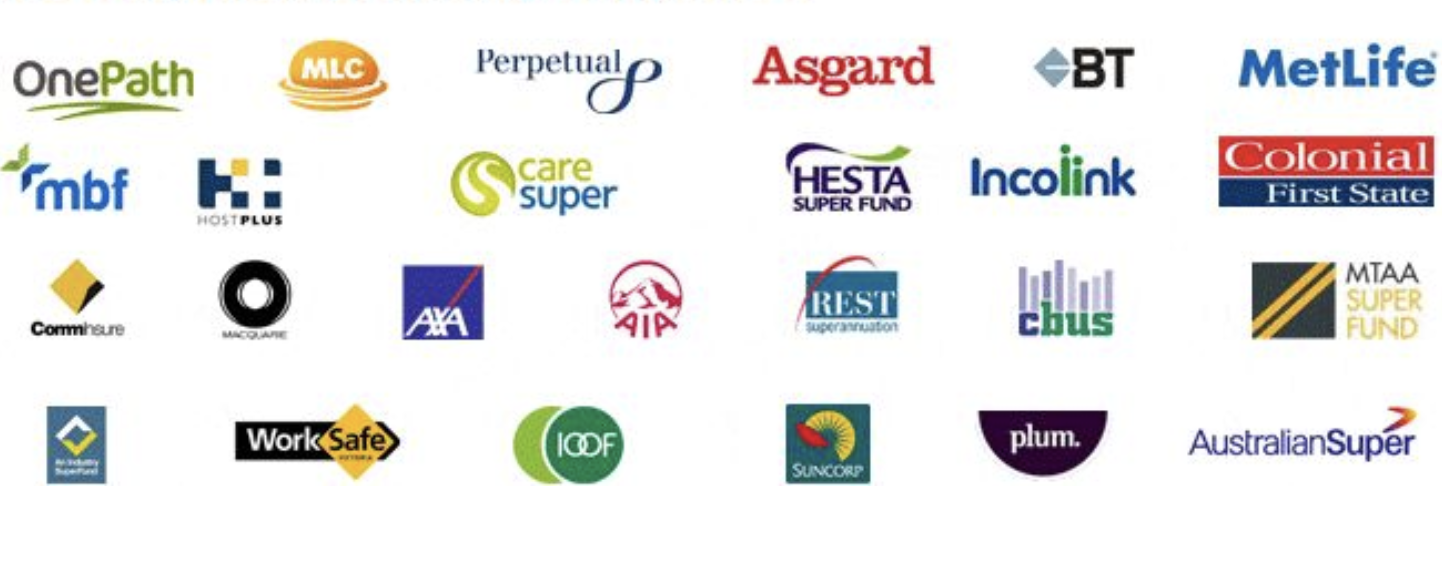Starting a business in Australia can be an exciting journey but also requires navigating the complexities of legal and administrative processes. That’s where ACE Shelf Companies steps in to streamline the experience, providing top-notch Company Formation Services in Australia. With their expertise and support, you can focus on building your business while leaving the heavy lifting of company registration to the professionals.
Why Choose ACE Shelf Companies?
Regarding Company Registration in Australia, ACE Shelf Companies is a trusted partner. Here’s why:
1. Expert Guidance
Setting up a company involves understanding Australia’s legal requirements, tax obligations, and corporate structures. ACE Shelf Companies offers expert advice tailored to your business needs, ensuring compliance with Australian laws from the outset.
2. Hassle-Free Process
The company registration process can be daunting, with paperwork, compliance checks, and filings to manage. ACE Shelf Companies simplifies the procedure, handling everything from initial documentation to final approval. Their seamless approach guarantees a stress-free experience.
3. Tailored Solutions
ACE Shelf Companies provides customized solutions for Company Formation Services in Australia, whether you’re a startup, small business, or international investor. Their team works closely with you to create a structure that aligns with your goals and future growth plans.
Benefits of Starting a Business in Australia
Australia’s business-friendly environment makes it an attractive destination for entrepreneurs and investors. Some benefits include:
- Stable Economy: Australia’s robust economy and political stability offer a secure foundation for thriving businesses.
- Global Trade Opportunities: Australian businesses have access to international markets with strong trade agreements and connections.
- Supportive Business Climate: Australia’s transparent regulations and supportive government policies encourage entrepreneurship.
The ACE Shelf Companies Process
With ACE Shelf Companies, registering your business is a straightforward process:
- Consultation: Discuss your business requirements with their experts to determine the best structure for your company.
- Documentation: ACE Shelf Companies prepares all necessary paperwork, ensuring accuracy and compliance.
- Submission: They handle the lodgment of documents with the Australian Securities and Investments Commission (ASIC).
- Registration Approval: Once approved, you’ll receive your official company registration certificate and other essential documents.
Your Success Partner in Australia
Choosing the right partner for Company Registration in Australia can make all the difference. ACE Shelf Companies ensures a smooth start to your business and provides ongoing support to help you succeed in Australia’s dynamic market. From answering queries to offering additional corporate services, their team is dedicated to your success.
Conclusion
Starting your business journey in Australia is an exciting step, and having a reliable partner like ACE Shelf Companies can make it seamless and stress-free. With their unparalleled Company Formation Services in Australia, you can set up your company confidently and focus on achieving your business goals.
Ready to start your success story? Contact ACE Shelf Companies today and take the first step towards building your dream business in Australia.












